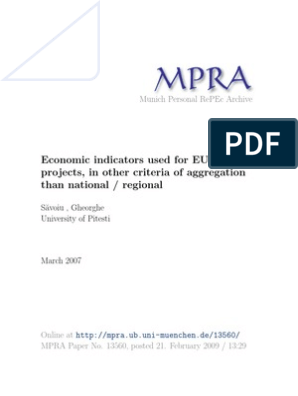0% found this document useful (0 votes)
125 views13 pagesRegrassion Analysis Lab Question and Answer
Uploaded by
ahpramanik1418862027Copyright
© © All Rights Reserved
We take content rights seriously. If you suspect this is your content, claim it here.
Available Formats
Download as PDF, TXT or read online on Scribd
0% found this document useful (0 votes)
125 views13 pagesRegrassion Analysis Lab Question and Answer
Uploaded by
ahpramanik1418862027Copyright
© © All Rights Reserved
We take content rights seriously. If you suspect this is your content, claim it here.
Available Formats
Download as PDF, TXT or read online on Scribd
/ 13



















































































